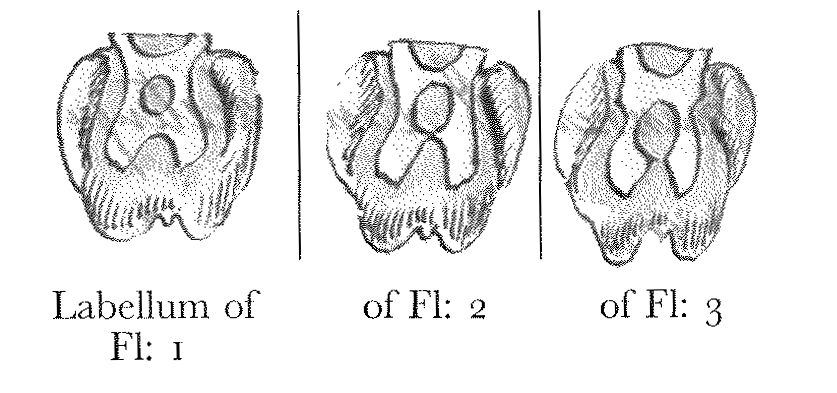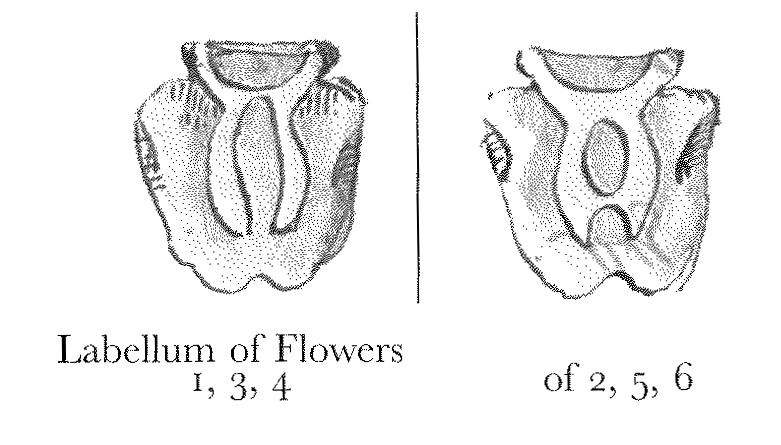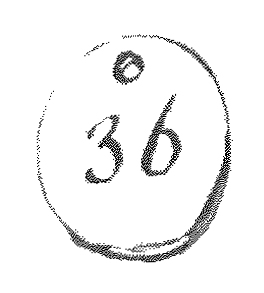Dear Sir
As we are sending a parcel by Grand Vitesse to my brother at Leicester, I take the opportunity of enclosing a box of Ophryses for you.2
I have great doubts as to their fate, for the French railways do not really understand either speed or precision.
Thank you very much for your letter of Jan. 26, in accordance with which I am marking plants both under cultivation & wild.3
I am now so far restored to health that I do not think it likely that I shall return next year to Mentone; I shall therefore endeavour to get some one of my friends to carry out the scheme in 1867.4
I have, as you suggest, selected & marked some plants which correspond to the early forms figured in my Plates;5 but I find variation so very prevalent, that I generally prefer making careful sketches of each of the marked plants.—
I have, however, obtained one bit of evidence which would tend to shew that there is a considerable degree of stability in the early forms (such as A plate 43);6 for the other day I again gathered the flowers from a certain well marked & separate group of plants, which I have by chance observed as each of the last three previous Springs have come round, & they have uniformly presented the green sepals & petals of Oph. aranifera. Thus no marked change has taken place throughout four successive years.—7
I feel quite sure also that there is a great tendency among seedlings to retain a resemblance to the parent plant; as I always notice that when a few isolated plants are closely grouped together they almost invariably have most of their peculiarities in common.8
I am keeping a register of the difference of character which may frequently be found in flowers on the same spike: for I often find that though the lowest flowers may have a complex marking, those above present either the simple π marked or an approach to it, & vice versâ.—9
thus:—
 or thus:–
or thus:–

With respect to the Insects concerned in the fertilization of the Ophryses I have as yet no information to give, except indeed that one day lately I captured a small black ant gnawing the bracts of one of these plants.10 I am thinking of making an attempt to capture these mysterious visitors by smearing the labellum of a few plants with some viscid (& unattractive) matter
I find it a very accurate method for marking my Ophrys plants to fasten round each a little zinc label, such as they use in the Hotels here for the numbers on keys thus

—In this manner I can distinguish a very large series of individuals.
Believe me dear Sir | yrs very truly | J. Traherne Moggridge
Ch. Darwin Esqr
CD annotations
Please cite as “DCP-LETT-5008A,” in Ɛpsilon: The Charles Darwin Collection accessed on